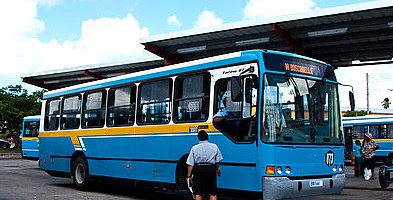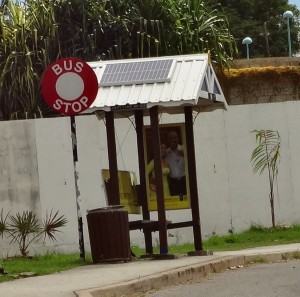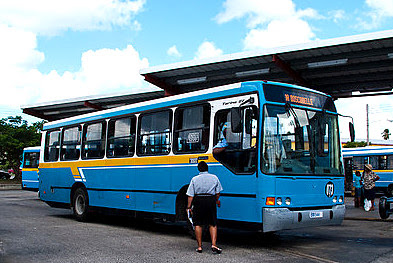By CHRISTINE PAHEL
Sweden
Deciding to study abroad is a big decision—let alone trying to determine where you are going to study. Somewhere where you ski on your weekends? Somewhere where you can travel to different countries easily? Somewhere where you can learn a new language or maybe you want to test out the language skills you learned in high school? I know before I studied abroad, I had a lot of questions I wanted answered, and for many of these questions, it was difficult to find a clear answer. In this blog, I will endeavor to answer some of the questions I had before coming here.
Are classes offered in English, or are you expected to speak Swedish in your courses?
At Lund University, luckily, there are courses offered in English. If you want to test your Swedish skills, courses in Swedish are available. There are also language courses you can take throughout your time in Lund in order to become proficient in the Swedish language.
Do I have to take any language classes while I am here?
UCEAP requires you to take an introductory language course while you are at Lund University. This class only takes two weeks. If you arrive in the fall, this class will not interfere with your regular classes. If you arrive during the spring semester, there will be a week of overlap between your regular semester courses and the language program. Note: it does say that the Swedish language course (SUSA) is optional on Lund University’s website. However, this does not apply to UCEAP students. Unlike for other international students who are attending Lund University, this program mandatory. If you are worried about the class, you can take it pass/fail instead of for a letter grade.
Do I need to use Swedish in everyday life?
Because Lund is a college town, most people speak English. At the stores or on campus, you just merely have to say “English,” and the person you are talking to will flawlessly switch into English. Every once and a while, there will be a language barrier (especially once you head out of town); however, most places have at least one person who can speak to you in English. If there isn’t, you can always use Google Translate. I get around just fine without knowing how to speak Swedish. However, learning how to read a little Swedish (which you’ll learn in your SUSA class) is helpful for figuring out buildings, grocery shopping, and reading signs.
I have no idea what Swedes eat besides meatballs. How does the food compare to America?
The food is not what I was expecting. Every corner has falafel, burgers, or pizza, so the food is pretty typical from an American point of view. There are lots of cafes and a few Asian restaurants. The biggest difference is in the grocery stores. There is a lot more pork and cheese for sale than back home. So, if you like pork and cheese, you are heading to the right place.
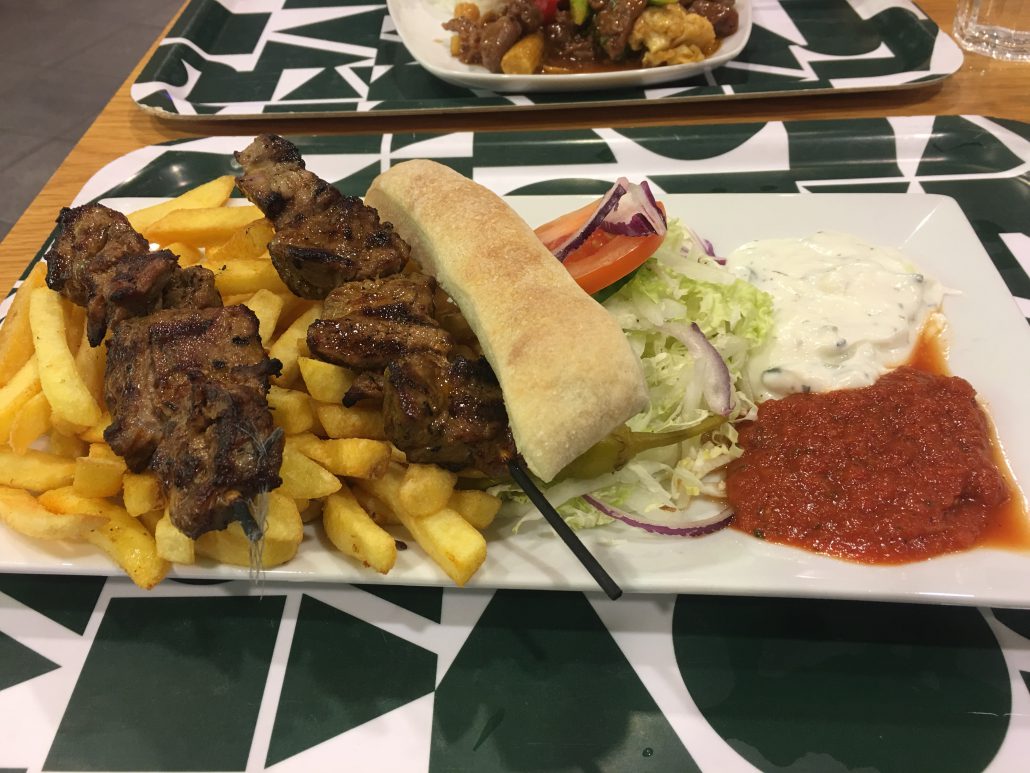
How does housing work? Am I guaranteed a place to live, or am I expected to find my own housing in a foreign country?
Not all international students are guaranteed housing, but, as a UCEAP student, you are guaranteed housing. You do not have to accept your housing offer through LU Accommodations, but I highly recommend doing so. The housing market in Lund is extremely competitive, and you don’t want to risk not having housing when you arrive.
What kind of money do they use in Sweden? How do I get some Swedish money?
Sweden operates on Swedish Crowns (krona). This is abbreviated as SEK. This is different than what they use in neighboring Nordic countries, so if you are taking a day trip to Copenhagen, keep in mind that some places may not take SEK. To get Swedish Crowns, you have three options: bring it from home, exchange money at the exchange office near the Lund Cathedral, or draw out money from the ATM (which are located throughout town). Some of the nations also may give you cash back if you use your credit card, but unlike in the U.S., grocery stores do not give you cash back.

Sweden is freezing, right?
Sweden is quite cold, especially if you are used to southern Californian weather. So far, the warmest it has been since I’ve arrive is 63 degrees Fahrenheit. Most the time in the winter the temperature hovers around freezing, so you will need a warm jacket. It doesn’t get too much colder than 30 degrees, so you don’t have to be as bundled up as you may think. It snows fairly frequently in the wintertime and rain is not unusual, so be sure to pack an umbrella. If you can’t stand cold weather, unfortunately this is not the place for you. However, if you love snow, rain, and cloudy days, Lund is perfect for you.
I need to conduct research to stay on track with my program. Is there research offered?
Research is offered at Lund University, but it may not be set up in the way you are used to. Unlike the UC schools, getting a research position is generally not a formal process. In order to become involved with psychology research, I emailed a variety of professors whose work seemed interesting and asked if they had any research I could be a part of. There is no general listing of open research positions (at least not for psychology students), so you have to be a little more resourceful than back in the states.

Do you have time to travel while you are taking classes?
Classes are quite a bit different than back home. As a social science major, I only have class one to three times a week. Most of the work for my classes (Political Science and Psychology) consists of take home exams and take home assignments. As long as you are good at staying on top of your work, you should have plenty of time to travel. If you are in the harder sciences, you will have class more frequently; however, many of these classes have breaks. Since so many countries in Europe are close to Sweden, it is practical to travel on your weekends and study during the weekdays.




















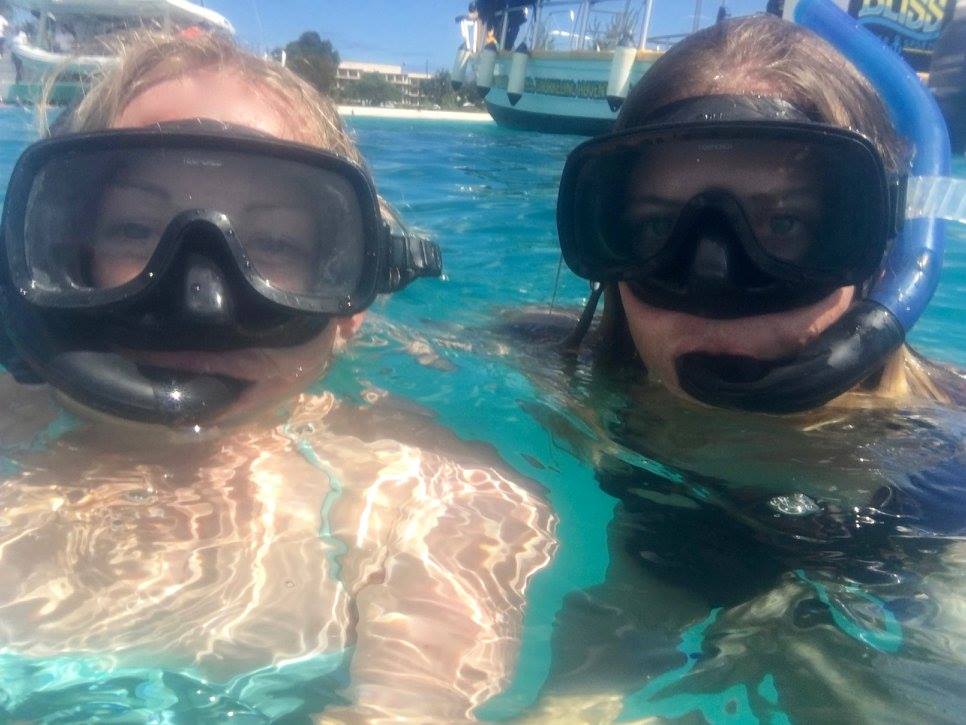 Don’t forget to watch UCLA in the upcoming weeks! UCLA basketball is currently RANKED THIRD IN THE COUNTRY! With March Madness right aroundthe corner, this is particularly exciting! (For those of you that do not know, March Madness is a huge NCAA college basketball tournament that runs for the last two weeks of March every year.) This year, I have been teaching some of my Bajan friends about basketball, in exchange for them teaching me the rules of cricket, and we have all agreed to watch and support UCLA in the tournament. I wear UCLA affiliated clothing most days, simply because it’s what my limited wardrobe consists of, but I wish I had larger sizes to distribute for everyone to wear. As long as they don’t wear red, we should all be in the clear! GO BRUINS!
Don’t forget to watch UCLA in the upcoming weeks! UCLA basketball is currently RANKED THIRD IN THE COUNTRY! With March Madness right aroundthe corner, this is particularly exciting! (For those of you that do not know, March Madness is a huge NCAA college basketball tournament that runs for the last two weeks of March every year.) This year, I have been teaching some of my Bajan friends about basketball, in exchange for them teaching me the rules of cricket, and we have all agreed to watch and support UCLA in the tournament. I wear UCLA affiliated clothing most days, simply because it’s what my limited wardrobe consists of, but I wish I had larger sizes to distribute for everyone to wear. As long as they don’t wear red, we should all be in the clear! GO BRUINS!